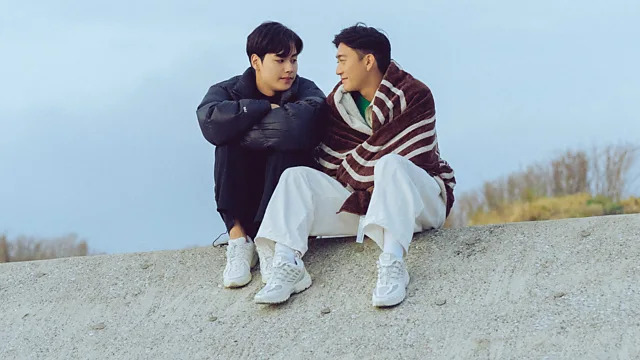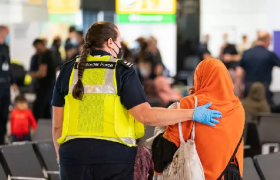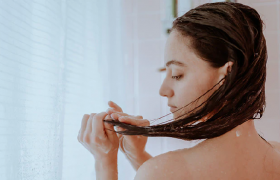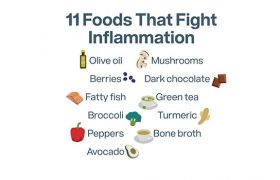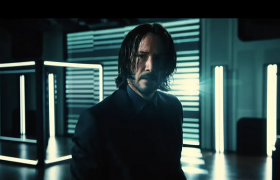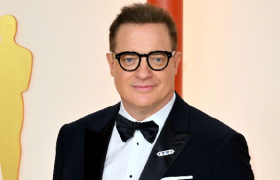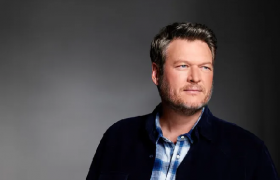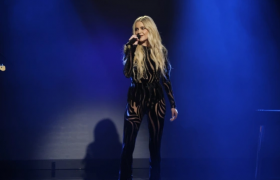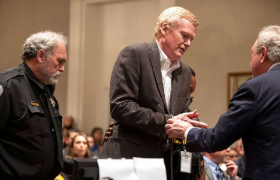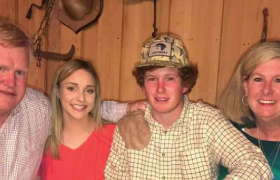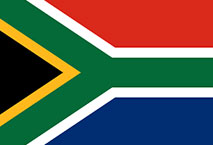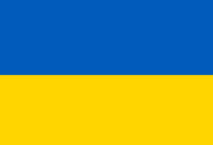An ultra-wholesome Japanese dating series on Netflix has hooked viewers globally. It’s part of a wave of reality shows exploring the nuances and differences of gay relationships.
The concept is familiar: a group of strangers enter a house and, with cameras filming their every move, search for a romantic connection. However, Netflix’s The Boyfriend is quite different from shows like Love Island, where singles with chiselled abs search for love and Instagram fame.
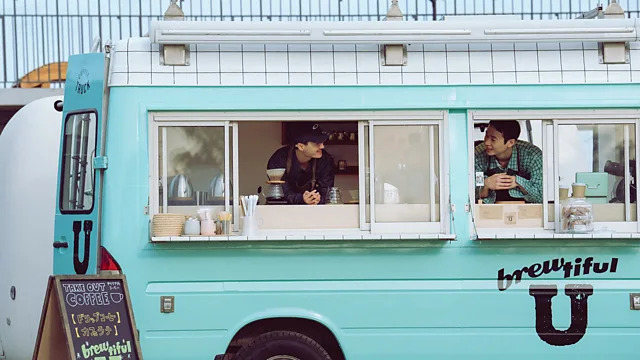
The Netflix series is Japan’s first ever same-sex dating show, marking a significant moment for LGBTQ+ representation. The premise is simple: in Tateyama, a quiet coastal city in Japan, a seaside beach house known as the “Green Room” becomes home to a group of nine young men from different backgrounds, including product designers, artists, models, students, and chefs. As their stories unfold, a group of commentators – including Japanese actress Megumi, pop star Thelma Aoyama, and comedian Yoshimi Tokui – provide a humorous running analysis of every moment, misstep, and micro-drama.
Words like “groundbreaking” are often overused in TV criticism, but The Boyfriend genuinely deserves it. Since the first episodes dropped on Netflix on 9 July, the show has received positive reviews and has been widely discussed on social media by viewers worldwide. This is largely because it feels so different from the more over-produced, conflict-heavy dating shows we’re used to seeing.
In the Green Room, romances form over subtle moments, like a blink-and-you’ll-miss-it glance, a flirty beachside picnic, or a letter posted under a bedroom door. The show is part of a wider shift, where a new wave of LGBTQ+ dating shows – like BBC Three’s I Kissed a Boy and I Kissed a Girl in the UK – are showing viewers a more wholesome side to romantic reality TV.
The Secret of The Boyfriend’s Success
TV critic and writer Scott Bryan, host of BBC 5 Live’s Must Watch podcast, believes The Boyfriend’s success comes from its alignment with current TV trends. One key trend is the growing popularity of non-English language TV shows on streaming platforms, especially since the Korean drama Squid Game became Netflix’s most-watched show in 2021. “Watching a show with subtitles can make you more engaged,” Bryan says. “You can’t easily distract yourself with your phone or other screens, so you really focus on the show.”
Another factor is the show’s production setup, where a group of commentators adds narrative cohesion and witty commentary. This is similar to formats used in Married at First Sight UK and Australia, where “experts” provide reactions to group events like dinner parties. “Having these personalities offer instant reactions, rather than separating them into a different program, is great. It makes the show easier to follow and makes the raw footage of the participants feel more organic and authentic.”
“On I Kissed a Boy, you see our stories and our deeper emotional feelings, whereas within Love Island pretty much everything is about what happens in the bubble of the villa – Dan Harry”
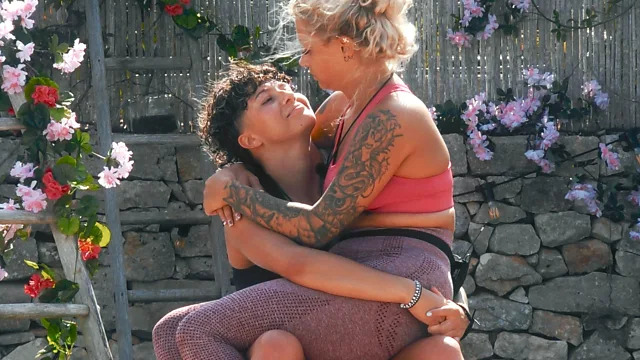
There is a thoughtful, quietly sincere quality to both the contestants and the show that makes it stand out. The Boyfriend has a distinctly “back to basics” feel. The group is tasked with running a coffee truck together and managing how they spend their profits to cover their household budget. Although the show is about finding romantic love, over the course of 10 episodes released in pairs throughout July, the participants have also formed deep friendships. Fans have been charmed by the camaraderie among the men and their sense of style almost as much as by their unpredictable romances.
In 2023, BBC Three’s I Kissed a Boy, hosted by Dannii Minogue, became the UK’s first-ever gay dating show. It was followed in 2024 by I Kissed a Girl, featuring a group of queer women. Dan Harry, a participant on I Kissed a Boy, was initially hesitant when approached by a casting producer. “I was extremely cautious,” he says. “There were no reference points for this. There were no other gay dating shows to visualize what it would be like.” However, this uncertainty convinced him to participate. “I realized it could be a landmark TV moment. I wanted to be a part of that.”
Watching The Boyfriend, as well as I Kissed a Boy and I Kissed a Girl, it’s clear that the communication between the couples is much more direct. Conversations about their backgrounds and emotional lives happen much earlier than on shows like Love Island, where discussions often revolve around superficial flirting or “grafting.” Rejections on these shows are usually handled more constructively, and overall, they seem kinder and less manipulative compared to the majority-straight shows like Love Island, Love is Blind, or Married at First Sight. “There’s a big difference between Love Island and something like I Kissed a Boy,” Harry explains. “On I Kissed a Boy, you get to see our stories, backgrounds, upbringings, and deeper emotions, while Love Island focuses almost exclusively on what happens within the villa.”
More like this:
- 10 of the Best TV Shows of 2024 So Far
- Why Reality TV Deserves More Credit
- What Relationship Reality Shows Can Teach Us
Most dating shows, especially those marketed as an “experiment,” rely on elements of fantasy. Despite the escapist setting of “the masseria” (an Italian farmhouse) in I Kissed a Boy and I Kissed a Girl, Harry believes their appeal lies in their normalcy. “People were drawn to watching a very normal group of people having conversations you’d have with your friends at pre-drinks or in your group chat, and seeing it on screen for the first time,” he says. “We talked about things that most gay men can relate to.”
Dating Shows and LGBTQ+ Representation
Compared to scripted TV, reality TV has been ahead of the curve in LGBTQ+ representation. In the UK, Brian Dowling won Big Brother in 2001 as an openly gay man with a landslide public vote. Nadia Almada, a trans woman, followed in 2004 by winning the fifth series of UK Big Brother, marking a significant moment for LGBTQ+ visibility. However, dating shows have lagged behind in this regard. In the 2000s, shows like Playing it Straight, where a woman had to identify gay men pretending to be straight while seeking a genuine straight man for a cash prize, highlighted a problematic approach to LGBTQ+ representation. Sky One’s 2004 dating show, There’s Something About Miriam, took sensationalism to new extremes by concealing the trans identity of 21-year-old Mexican model Miriam Rivera from the men competing to date her. (After Rivera’s death in 2019, the series was explored in Wondery podcast Harsh Reality and Channel 4 docuseries Miriam: Death of a Reality Star.)
“These series show us that there is no one-size-fits-all way to be queer – Scott Bryan
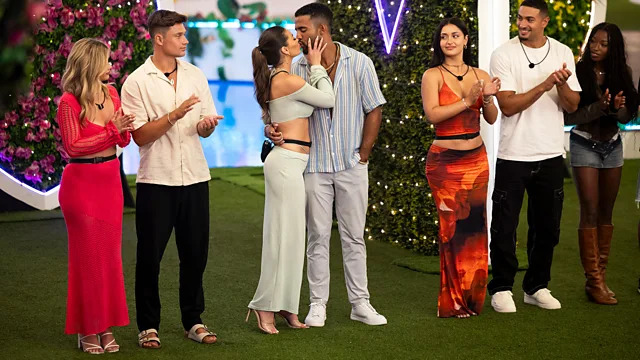
Recently, LGBTQ+ people have often been excluded from existing dating show formats or awkwardly added as a minority. For example, Married at First Sight has started featuring the occasional same-sex couple in its UK, US, and Australian versions, but these shows haven’t explored the nuances of gay relationships in depth. In contrast, exclusively gay dating shows can delve into the unique challenges, norms, and expectations of queer relationships.
Bryan notes a “newfound confidence” in these shows to portray LGBTQ+ life as different but not inferior, avoiding stereotypes and simplifications. On I Kissed a Boy, contestants discussed topics like coming out, preparing for sex, body image, and gay hookup culture. Similarly, I Kissed a Girl covered subjects like women’s insecurities about the term “lesbian” and introduced viewers to lesbian-specific dating terms like “golden retriever” and “black cat.” Bryan attributes these advances to more LGBTQ+ creatives taking leadership roles behind the camera, allowing the shows to present a diverse range of queer experiences.
As The Boyfriend reaches its emotional conclusion, some of the group leave the Green Room as couples, while others depart without finding love but with a greater sense of self-acceptance and confidence. The final two episodes focus on kindness. “Be kind to yourself,” Alan Takahashi advises fellow contestant Dai Nakai, who is struggling with his on-again, off-again love interest, Shun Nakanishi. “Kindness truly has magical powers.”
The Boyfriend shows that a gentler approach can still make for engaging reality TV, and this is a lesson that other dating shows could benefit from. It also suggests that these gay dating shows are just the beginning of TV reflecting more diverse aspects of LGBTQ+ life. “Reality TV is now showing us that queer people are fully rounded individuals with different thoughts, feelings, and desires,” Harry says. “We’re not just there to crack jokes or be tokens. Now, we’re the main characters.”
The Boyfriend is streaming on Netflix now
Published: 31st July 2024
Also Read:
Hamas political leader Haniyeh killed in Iran, raising fears of wider war
Top 10 Countries with Most Powerful Military Strength 2024
The 10 Largest Banks in The World in 2024
